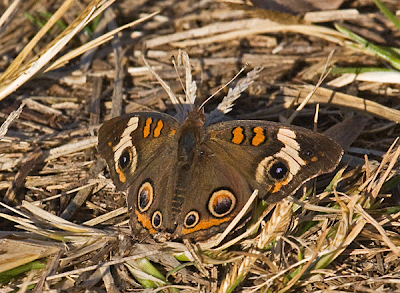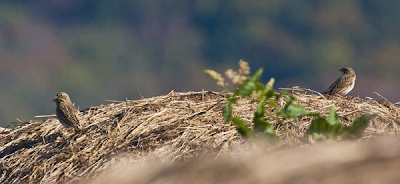
Conowingo Dam is a hydroelectric plant on the Susquehanna River spanning the Cecil and Harford County line. When electricity is generated, fish are sucked through the dam, providing a plentiful buffet for eagles, gulls, cormorants, and great blue herons, all present in impressive numbers. Even though the avian show is supposedly best when water is flowing through the dam, that couldn’t be demonstrated yesterday.

Eagles were everywhere, flying about, perching, squabbling, catching fish, dropping fish, stealing fish, eating fish,





 and presumably, digesting fish, long before the dam even began operating at about 2 PM.
and presumably, digesting fish, long before the dam even began operating at about 2 PM.Are you wondering about numbers? Surely, November 29 must have been as good as it gets if you are impressed by high numbers of eagles. Although Rick Blom, prominent Maryland birder, died in 2002, an article he wrote on Conowingo still appears on the Harford County Bird Club web site. “It is not unusual to find 20 (eagles) in a single scan from November through February,” he said some six or a few more years ago. Yesterday, a single scan might have picked up three times as many, and a methodical count might have revealed well over 150. There are only eleven in the photo below--trust me, I'm not counting the two Black Vultures-- but this view was repeated many times as one scanned the far side of the river, the near side of the river, the transmission pylons, and the sky overhead.


The Bald Eagle is one of the most studied birds in North America and it also must be one of the most photographed.

Maybe it only seemed like most of the country’s photographers were on hand at the dam yesterday? Lots of families, casual observers, fishermen, and birders were there too, but the serious take-no-prisoner photographers stood out among the crowd in their camouflage jackets which matched the covers on their monster telephoto lenses. I tried to figure out how camo conceals much when the wearer is standing on the shoreline of a river, but no matter. Males outnumbered females in this group by 10-1, by my rough estimate, and that explains a lot. I tried to even out the gender imbalance a bit, by clicking away as fast as I could, even if my camera and I were not dressed for the part.






































